Have you ever wandered into the gym or a sports field and noticed the awkward use of foam rollers? Did you take things further by trying it yourself, embarrassed that you most likely looked just as strange? This article will coach you through a few expert foam-rolling techniques for runners that should prevent you from feeling the anxiety, shame, pain, and redundancy of poor foam-roller form. Optimal foam rolling has many benefits, fromcuring tired legs to improving blood circulation. Let’s dive into the right ways of using this device for post-run relief to explore them all.
Runner’s tip! Read: Runner’s Guide to The Best Recovery Gear for more information on how to recuperate as a runner.
Why Even Bother with a Foam Roller?
Muscle recovery is important for maintaining a sustained level of physical activity. Stiff and aching muscles are uncomfortable and can hinder athletic performance, so it is always necessary to find soothing ways to heal quickly. Foam rolling techniques can be compared to an elementary sports massage, breaking down tightness and scar tissue accumulating in the muscles during exercise. Studies have shown the merits of using foam rollers; they not only aid recovery and alleviate pain through increased blood flow but also improve flexibility and efficiency. Although foam rolling techniques can be sore, which might discourage continuing with them, the pros far outweigh the cons in the long run (pun intended).
Tips on Choosing a Great Foam Roller
Despite their simplicity, foam rollers come in many shapes and sizes to perform different functions. They can differ in size, firmness, and texture; some even vibrate. The longer the roller, the larger the muscle it targets. Firmer and knobbly foam rollers are for runners with a high pain threshold. Here is an overview of the various foam-roller types:
Smooth Foam Rollers
This type is used more generally and is the most affordable option. A soft, smooth roller is ideal for beginners or sensitive tissue, accommodating the body more readily for minimal discomfort.
Textured Foam Rollers
This kind has surface ridges or knobs to manage specific points of tension in the tissue. The knobs enhance the intensity of the massage, which can get through tightly contracted muscles more effectively. However, since this type of roller can cause harm by aggravating small muscle tears, it must be used cautiously.
Vibrating Foam Rollers
These foam rollers were designed to simulate hand massages, heightening their efficacy. Vibrating foam rollers add a relaxing element to the massage, making recovery more holistic. They are relatively costly but worth the investment for seasoned and consistent runners.
Foam Rolling Techniques for Each Muscle Group
Implementing these foam rolling techniques doesn’t have to add unfeasible amounts of time to your post-workout routine; it can be done well in just 10 to 15 minutes. With slow and measured movements, spend 30 seconds to one minute on each muscle group. Breathe deeply through each exercise, spending most of your time on particularly tense spots.
Pro Tip: Be flexible and move in different directions from the ones prescribed in this article, including in circles. This will maximise muscle and soft tissue targeting and help you get more out of the movements in less time.
Lower Back
Runners tend to build up substantial stiffness and aches in the lower back, making it a great place to start using foam rolling techniques.
- Lay flat with your lower back, propped onto a vertically-placed roller.
- Lift your knees, keeping your feet flat on the floor.
- Roll your back from left to right over the roller, holding still at each side for a few seconds.
Iliotibial Band and Hips
The iliotibial (IT) band is a ligament that runs from your hip down the side of the thigh. This muscle, together with the hip, is foundational for runners. When it is too tight, it can cause knee injury and a lack of mobility. This is a tender area that needs careful rolling.
- Lay on your side with the foam roller under your hip, using your elbow and your opposite hand on the floor for support.
- Move your body back and forth over the roller, letting the roller massage from your hip to just above the kneecap.
- Roll over to the other side to repeat the movement.
Glutes and Piriformis
Given their size and strength, the glute (bum) muscles are easily accessible and least likely to experience discomfort while rolling. The piriformis is the narrow tissue that sits just under the glutes and can be massaged along with them.
- Sit with one glute on the foam roller.
- Support yourself with the opposite hand while bringing the opposite ankle to the glute-propped knee.
- Tilt your body back and forth so the roller moves from the bottom of your glute muscle to the top.
- Keep going for 30 seconds then switch to the other side.
Quadriceps
The quadriceps (or quads) are situated in the front of your thighs. For these muscles, you can use a textured foam roller to intensify the massage after a long run.
- Place the roller horizontally under your thighs and lie on it, propping yourself up on your elbows.
- Roll down until you feel the roller on the tops of your thighs.
- Move back up until the roller gets to your knees.
- Keep going in this up-and-down motion, focusing on the muscles, and slowing down when you feel the ease of tension.
Calves
Spoil your calves with some foam roller action; they will treat you well and keep you agile as you run. It is easy to neglect these muscles that are on the backs of your legs between the ankle and the knee.
- Sit up straight with the foam roller under your ankles.
- Flex your feet as you roll your legs back and forth over the roller, moving it from your ankles to your knees.
- For added difficulty, put one leg on top of the other.
Conclusion
Incorporating foam rolling techniques into your routine can significantly enhance muscle recovery, flexibility, and overall performance for runners. Understanding the different types of foam rollers and mastering the correct techniques can make a substantial difference in your training regimen. So next time you're at the gym or on the field, confidently pick up that foam roller and give your muscles the care they deserve. With consistency and proper technique, you'll notice improved recovery times, lower injuries, and less discomfort, helping you to stay on top of your running game. Happy rolling!
Athlete’s Foot is a reputable running store in Cape Town with an online store. We offer a wide range of clothing, shoes, and accessories from leading international brands. Trust Athlete’s Foot to equip you for your next run by visiting us online today!
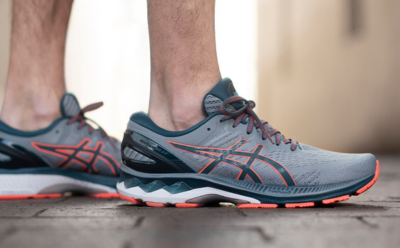
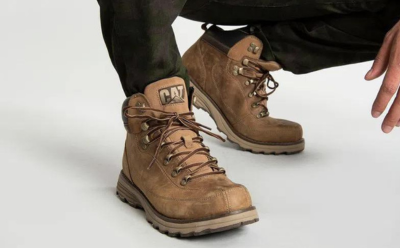
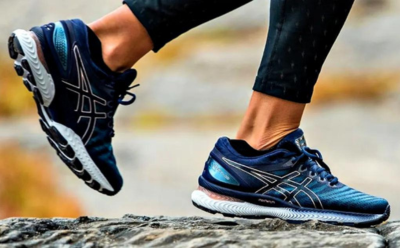
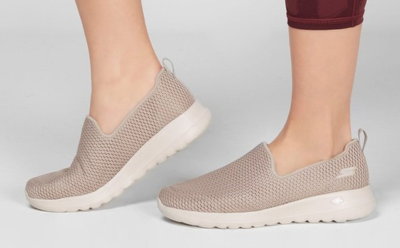
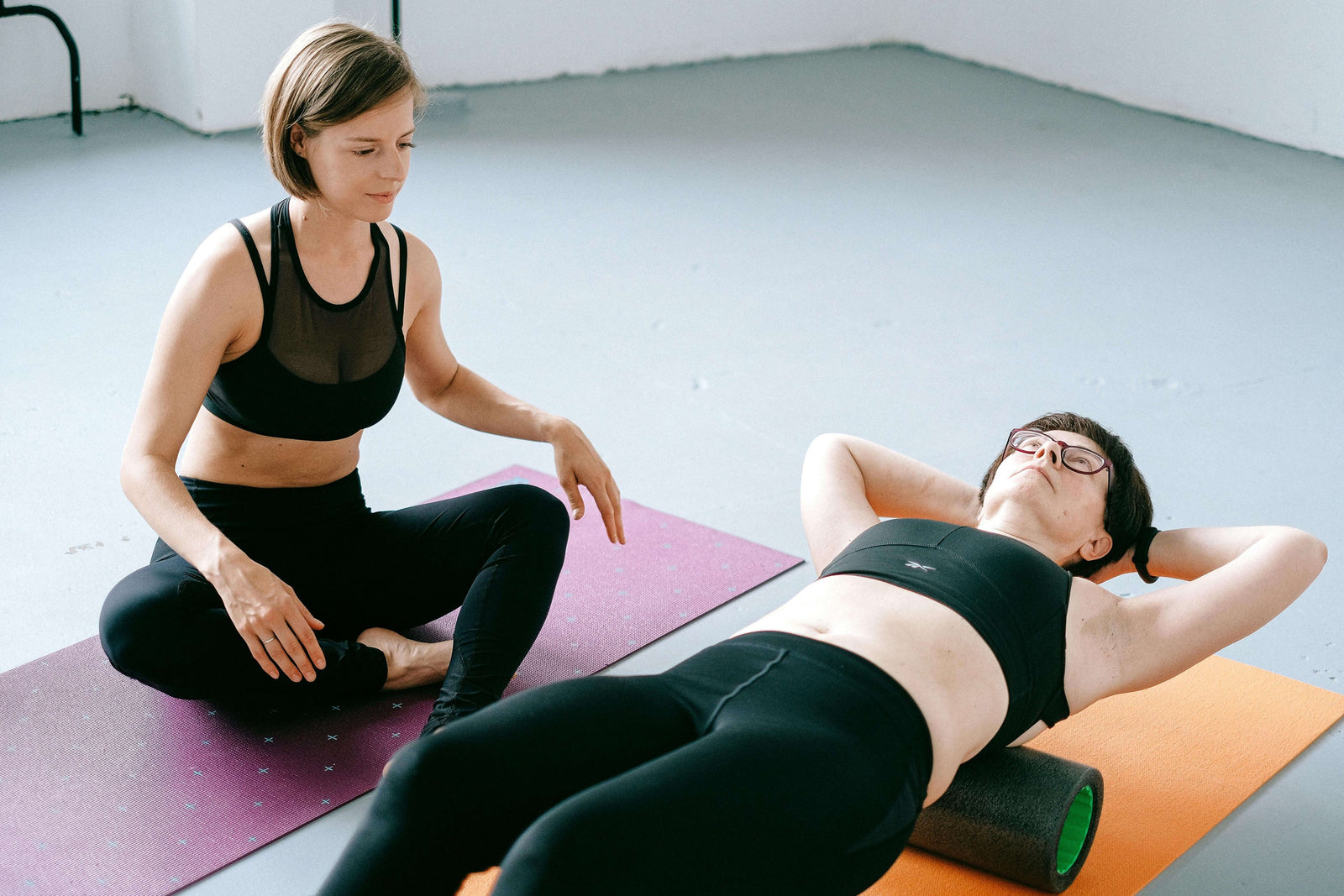
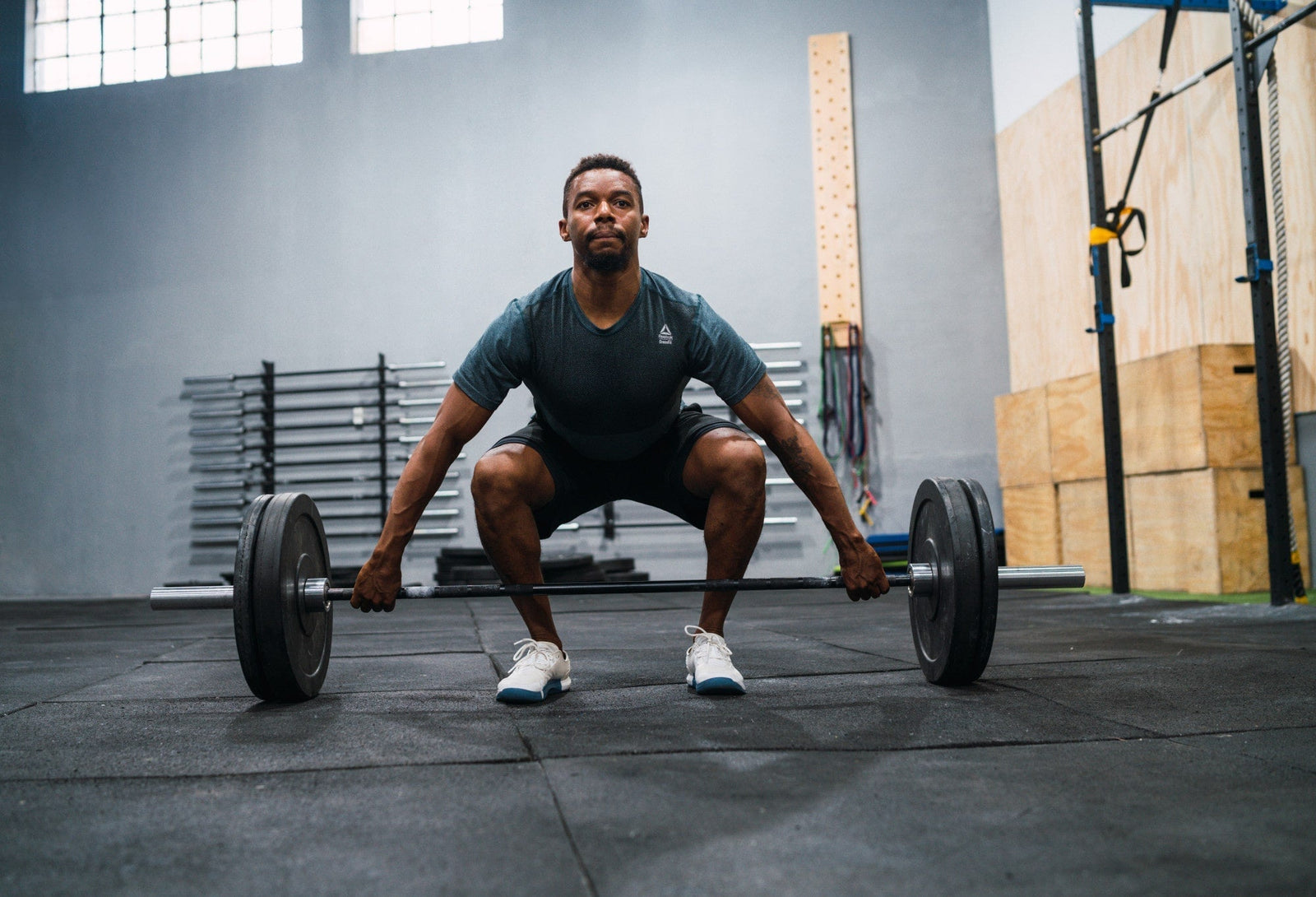
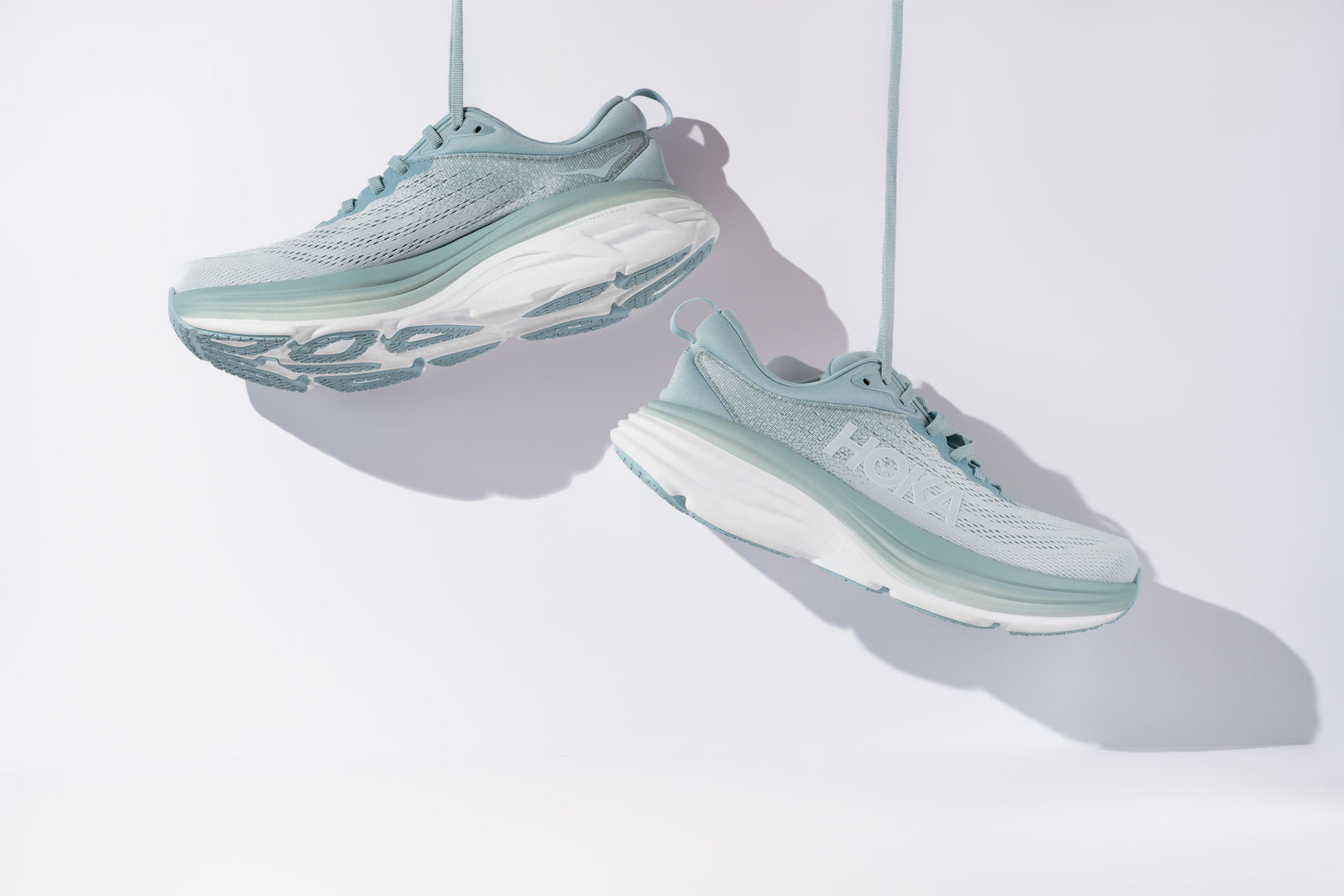
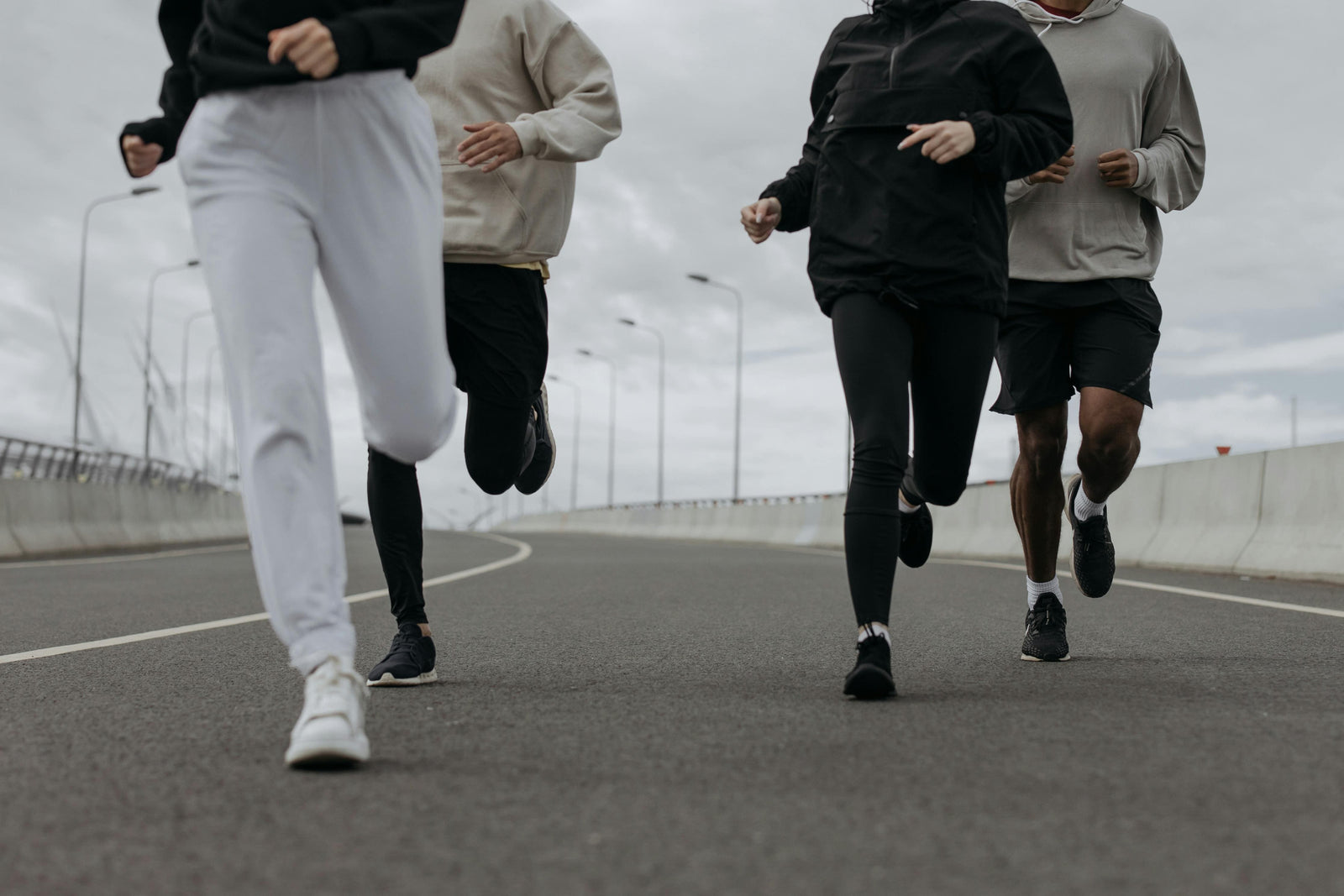
Leave a comment (all fields required)